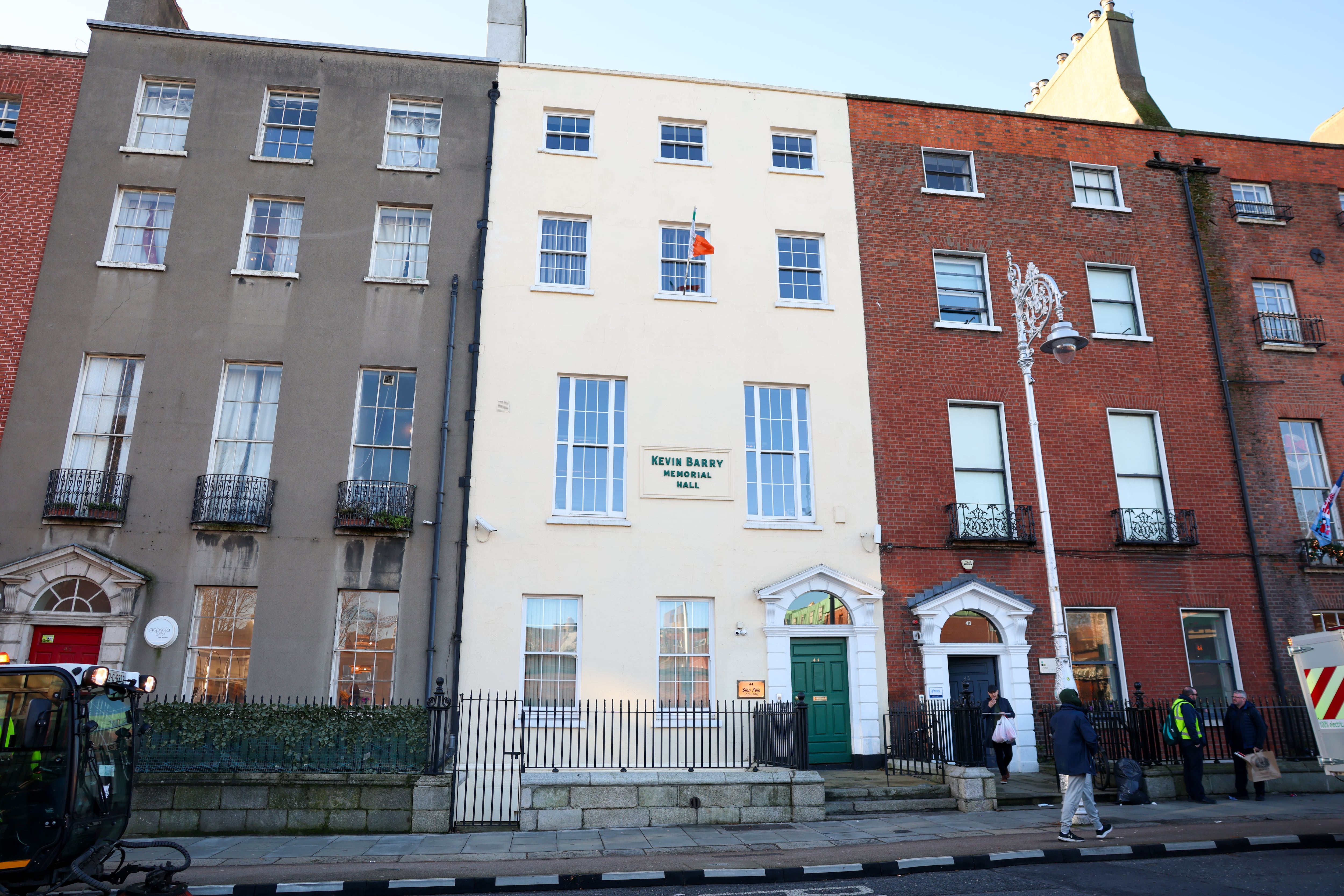Locals were understandably heartbroken by the violence unleashed on trees in Dodder Valley Park in South Dublin park in April. The anger that drives someone to bring a saw to a park and attack lone trees in flower is truly baffling. Unfortunately, it’s not the first time these attacks have happened. Wide-spaced trees make for popular targets for antisocial behaviour. They are tall and slender specimens, staked with low wooden supports because their pruned roots struggle to anchor them sufficiently against wind and other challenges. They stand out from the grass around them, unfortunately attracting purposeful vandals as sitting targets.
So it was interesting to visit a project in Maidstone in Kent recently where they are trialing a different kind of tree planting in public parks. The local authority has struggled with antisocial behaviour in the parkland in Maidstone where they planted two control plots side by side in February 2021, project officer with Kent Trees Outside Woodlands programme Louise Butfoy explained.
On one side of the experimental plot they planted lone widely-spaced native saplings directly into the grass. On the other side they prepared the ground and planted four trees and shrubs per square metre, following the Miyawaki method, named after the Japanese botanist Akira Miyawaki who pioneered the method in the 1970s.
[ Bringing a garden-sharing scheme to new neighbourhoodsOpens in new window ]
The wide-spaced trees have struggled to grow, and have been heavily vandalised, Butfoy explained, the problem starkly obvious with a wide expanse of grass with a few stunted trees in place. But on the other side where the trees were planted into prepared ground densely a thick copse was thriving. A blackbird foraged among the trees for nesting material as we stood there chatting.
READ MORE
The Trees Outside Woodlands programme is a department of environment, food and rural affairs project working with five local authorities in the UK “investigating innovative and practical solutions to increase resilient tree cover in non-woodland areas, which have huge potential to contribute significantly to national tree cover targets and boost the benefits of trees for people and nature”. The three-year pilot has been extended to five years to test “cost-effective methods of establishing trees in farmed, rural and urban landscapes, which can often be impractical for woodland planting”.
None of the Miyawaki-planted trees has been damaged in four years, Butfoy explained. They have had a 100 per cent survival rate compared with widespread vandalism of the wide-spaced trees. “Trees outside woodlands also have higher benefits per tree than woodland planting: they are enjoyed by more people, contribute more to habitat connectivity, and provide more ecosystem services.”
There are a number of organisations planting Miyawaki-style forests in Ireland. An Choill Bheag is a brilliant schools programme by An Taisce, Stepping Stones, plus Pocket Forests, which I co-founded. A move to replace those destroyed lone trees with a community-created forest would send a positive message, allow the method to be trialed in a challenging setting and hopefully healing some wounds.













